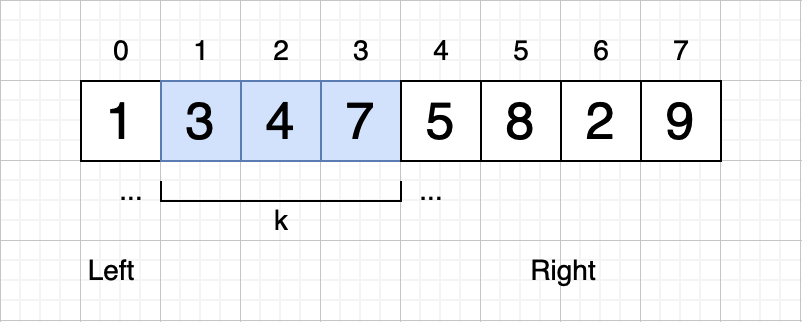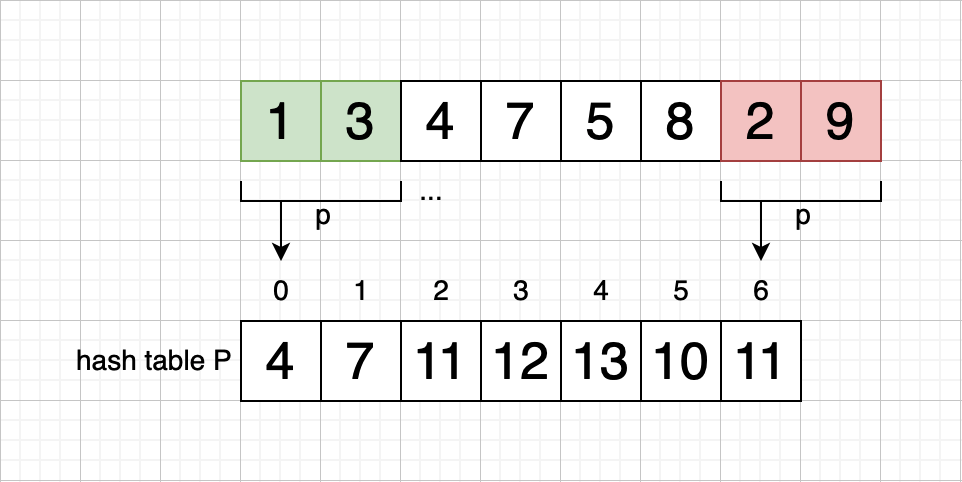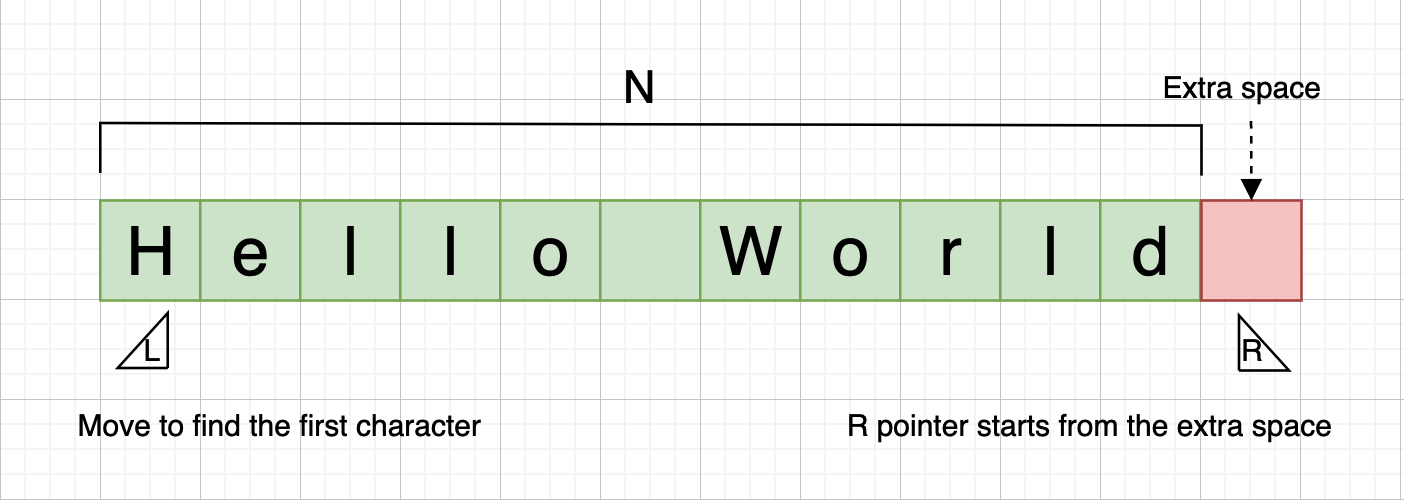Tiers
What is a tier?
both logical and physical separation of components
Single-tier App
All components are located in the same machine. e.g. Maya, Photoshop…
Pros
- no network latency
- privacy data safe since no need to upload users’ data
Cons
- efficiency bounds on the machine where the app lives on
- app publisher has no control over the app (users decide whether update the app or not)
- be vulnerable to being tweaked and reversed engineered
Two-tier App
client-server architecture
Three-tier App
client-backend-database. e.g. blog
N-tier App
What are these components?
- cache
- load balancer
- database
- queue (for asynchronous behavior)
- search engine
- customized business logic services
It is an implementation of the single-responsibility principle
decoupled. it’s easier to maintain. so, for example, we should not store business logic in the database. Also, it is easier to be scaled.
Layer & Tier
layers represent the conceptual/logical organization of the code (code level)
tiers represent the physical separation of components.







